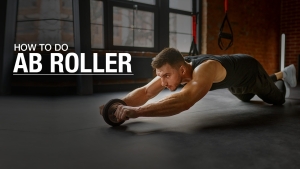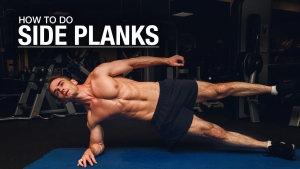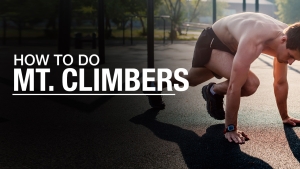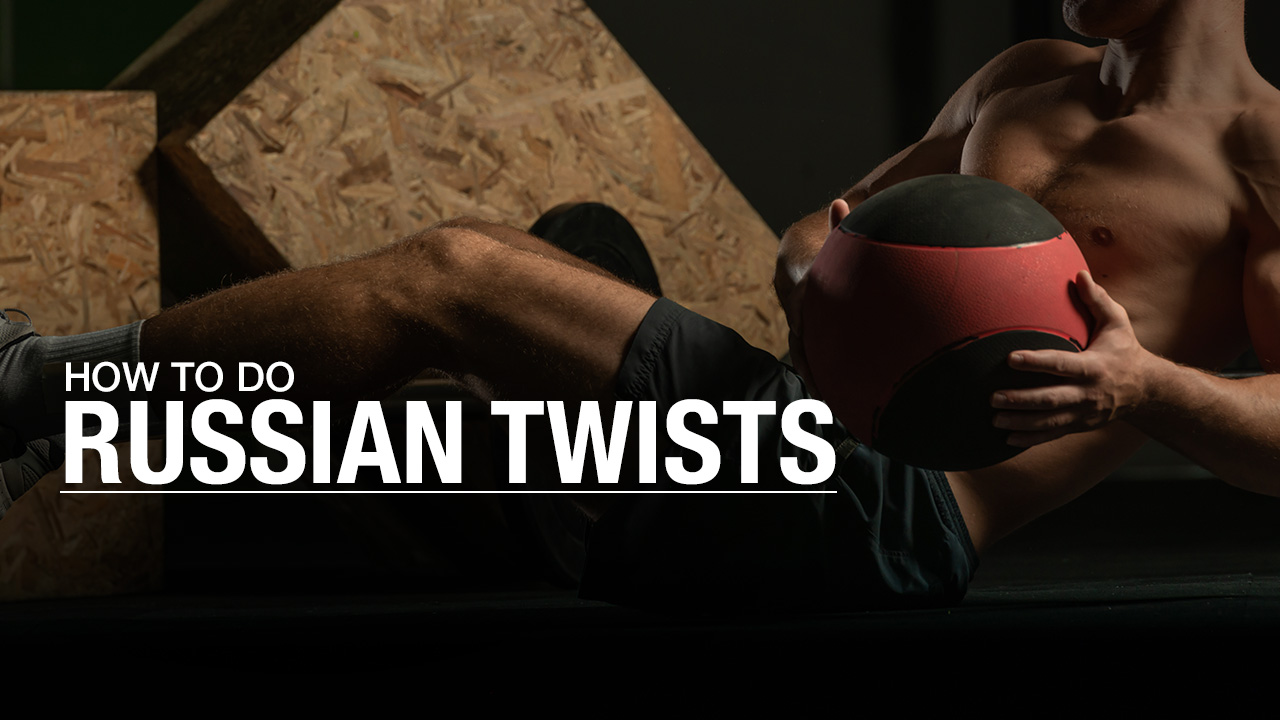
HOW TO PERFORM RUSSIAN TWISTS CORRECTLY
When you perform the Russian Twist, are you just tapping your hands side to side? Stop!
The Russian Twist is a gym favorite, but it’s often executed incorrectly, turning the movement into what I call the “Russian Tap.”
Too many people miss out on the true benefits by not performing the twist correctly.
If you want to build a strong core and rotational strength, you need to get this exercise right.
Your core muscles are meant to control and produce rotation, not just hold a static position.
Proper form is a necessity, and I’m here to show you how to do it right.
CORE MUSCLES ANATOMY
When it comes to building a strong core, understanding the key muscles involved is a necessity.
These muscles not only define your midsection but also play a major role in stabilizing your entire body.
By understanding and working these muscles, you can enhance your core routine and improve your rotational strength and stability.
Whether you’re performing a Russian Twist or any other core exercise, proper form and engagement of these muscles will lead to a stronger, more symmetrical core.
Let’s dive into the anatomy of the core and how each muscle functions during movements like the Russian Twist.
RECTUS ABDOMINIS

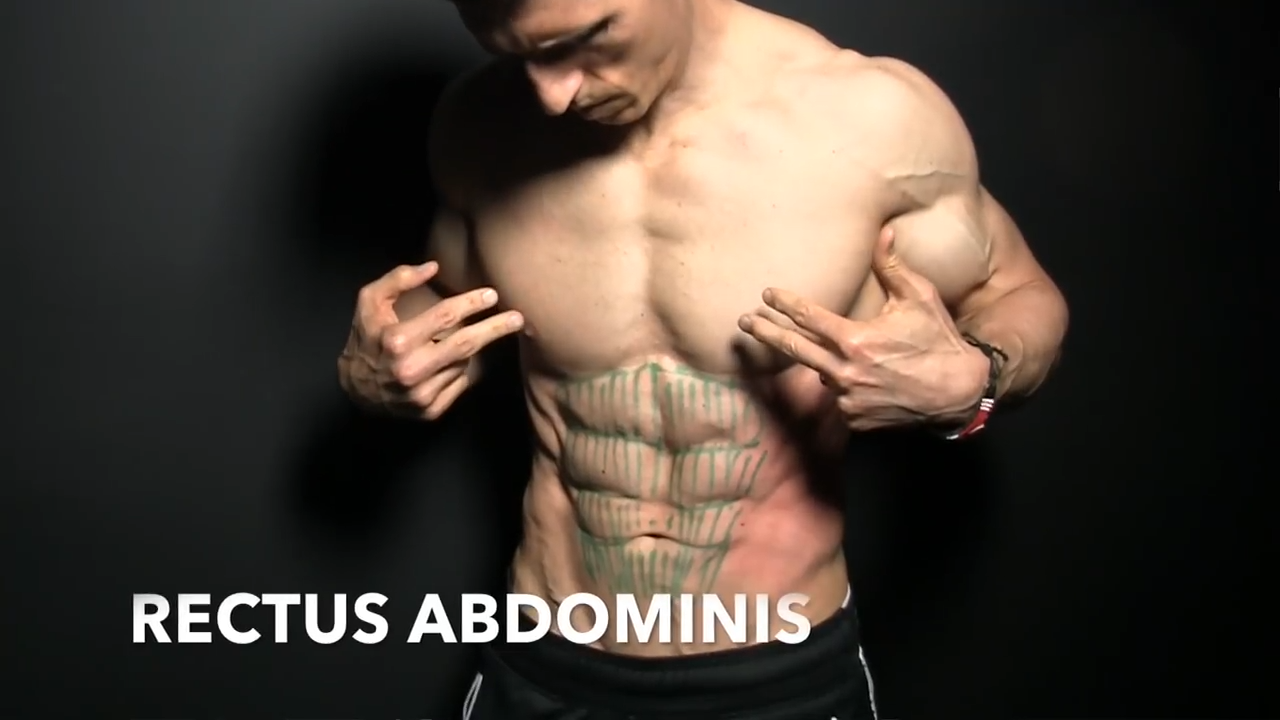
Let’s start with the rectus abdominis, the main muscle group behind that six-pack you’re aiming for.
This muscle runs vertically from your sternum all the way down to your pubic bone, covering a significant portion of your torso.
The rectus abdominis is responsible for flexing the spine and bringing the chest towards the knees.
Whether you’re performing a Russian Twist, a Crunch, or a Decline Bench Sit-Up, this muscle is heavily engaged.
It’s all about controlling that movement from top to bottom and stabilizing the upper body in a flexed position.
EXTERNAL OBLIQUES

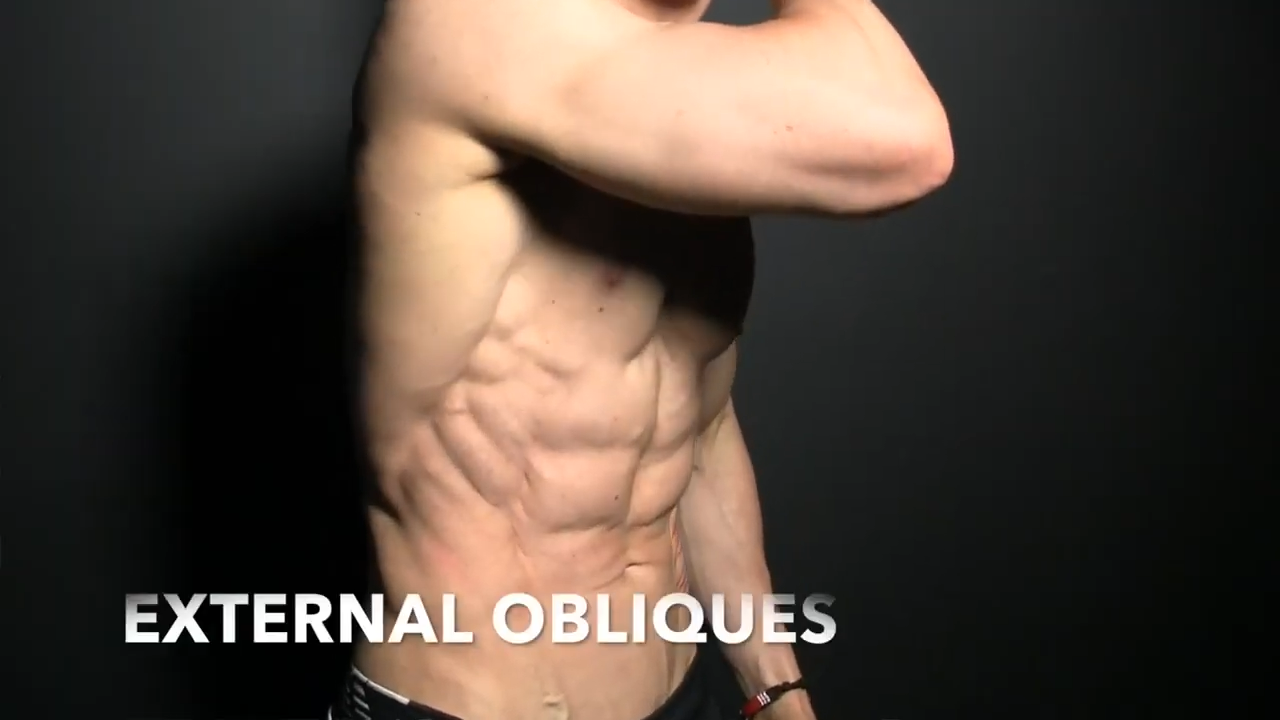
Next, we have the external oblique muscles. These muscles run diagonally from the ribs to the pelvis.
They are crucial for rotational movements, like the twist in Russian Twists.
The external obliques help you rotate your torso, bringing the shoulder towards the opposite hip, and control the return to the starting position.
They also contribute to a strong core and provide that aesthetically pleasing frame to the rectus abdominis.
INTERNAL OBLIQUES

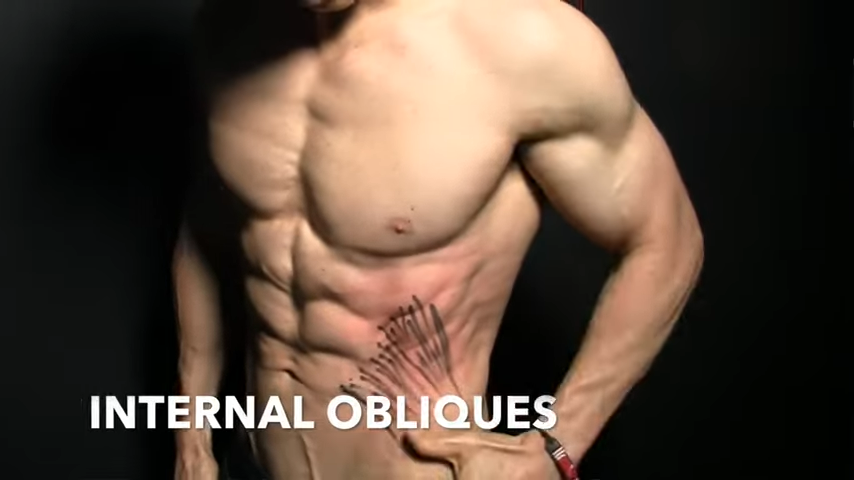
The internal obliques lie beneath the external obliques, running perpendicular to them. They start from the lower ribs and fan out towards the hips.
These muscles play a key role in stabilizing the core and assisting in rotational movements.
When performing a Russian Twist, your internal obliques work to control the rotation of your torso and maintain proper form throughout the exercise.
TRANSVERSE ABDOMINIS

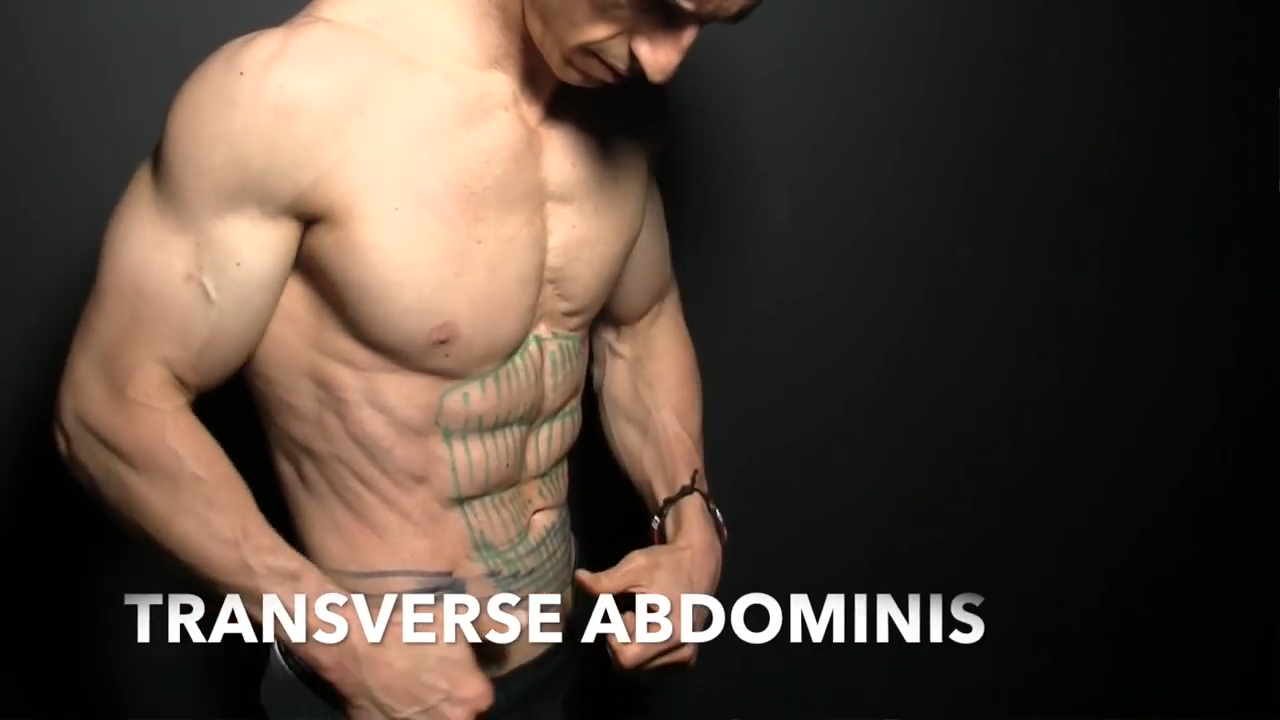
Next up, we have the transverse abdominis. These abdominal muscles are your deep core muscles.
This muscle wraps around your midsection like a corset, providing stability to the spine and core.
During a Russian Twist, the transverse abdominis helps to maintain a neutral spine and prevents excessive rotation, protecting your lumbar spine from injury.
Engaging this muscle is necessary for core stability and executing perfect form in any core workout.
SERRATUS

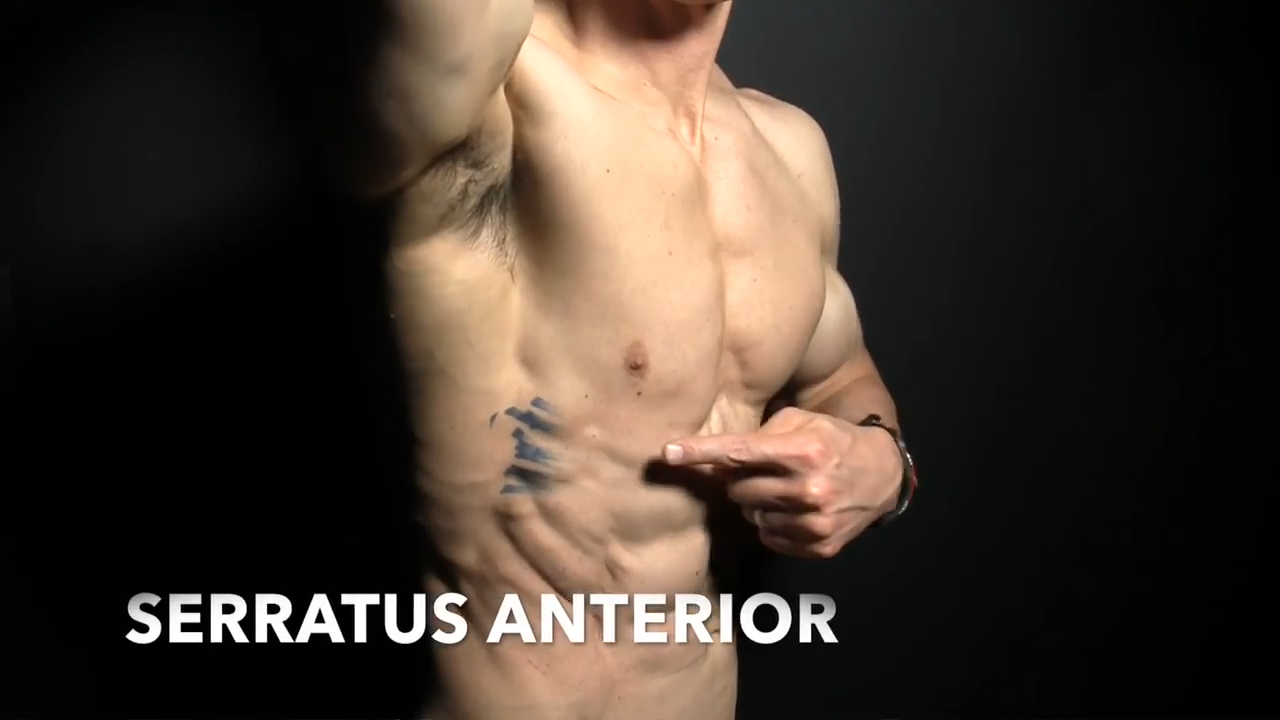
The serratus anterior is an often-overlooked muscle, but it’s needed for proper core strength.
This muscle stabilizes the trunk by keeping the shoulder blades in contact with the rib cage.
The serratus fibers are interwoven with the oblique fibers, working together to control trunk rotation.
Strengthening the serratus is vital for a strong core and proper shoulder function.
HOW TO DO RUSSIAN TWISTS
Mastering the Russian Twist can help you build a strong, stable core… but only if you do it right.
Sure, this exercise is a fantastic core workout that engages your entire torso, from the obliques to the deeper core muscles, but as I mentioned above, most people mess it up.
If you’ve been performing the “Russian Tap” all these times during your workouts, we’re going to change that today.
Follow these steps to ensure you’re performing the standard bodyweight Russian Twist with perfect form and reaping all the benefits of this powerful movement.
RUSSIAN TWISTS

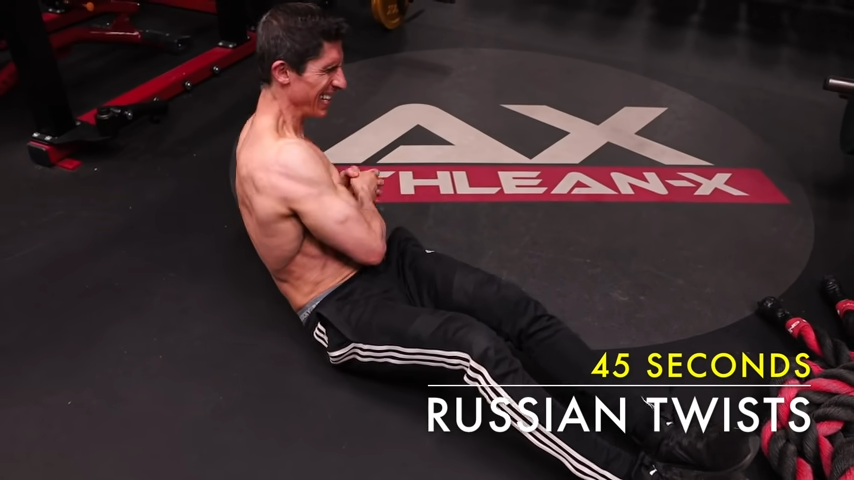
HOW TO DO THE RUSSIAN TWIST:
- Sit down on the floor, bending your knees comfortably.
- Recline your torso backward at a 45-degree angle to the floor, maintaining a straight spine and engaging your core muscles throughout the movement.
- Extend your arms straight out in front of you, clasping your hands together. If you want to increase the difficulty, hold a medicine ball close to your chest.
- Rotate your torso to the right, guiding the movement with your shoulders and driving your left elbow backward as if you’re reaching towards the ground behind you.
- Ensure your shoulders and upper body follow the rotation, keeping your chest open and your core muscles activated.
- Move your torso through center position and then twist to the left side, driving your right elbow back and engaging your core.
- Focus on maintaining controlled, steady movements throughout the exercise, ensuring each twist engages your core muscles effectively.
WHAT MAKES IT EFFECTIVE: When performed correctly, the Bodyweight Russian Twist is effective because it targets and engages the entire core, including the obliques and deeper core muscles, through controlled rotational movements, enhancing both strength and stability.
Once you’ve mastered the traditional Russian Twist, you might want to take your core workout to the next level with this advanced variation. Here are some form tips for the Russian Twist and Press:
RUSSIAN TWIST AND PRESS

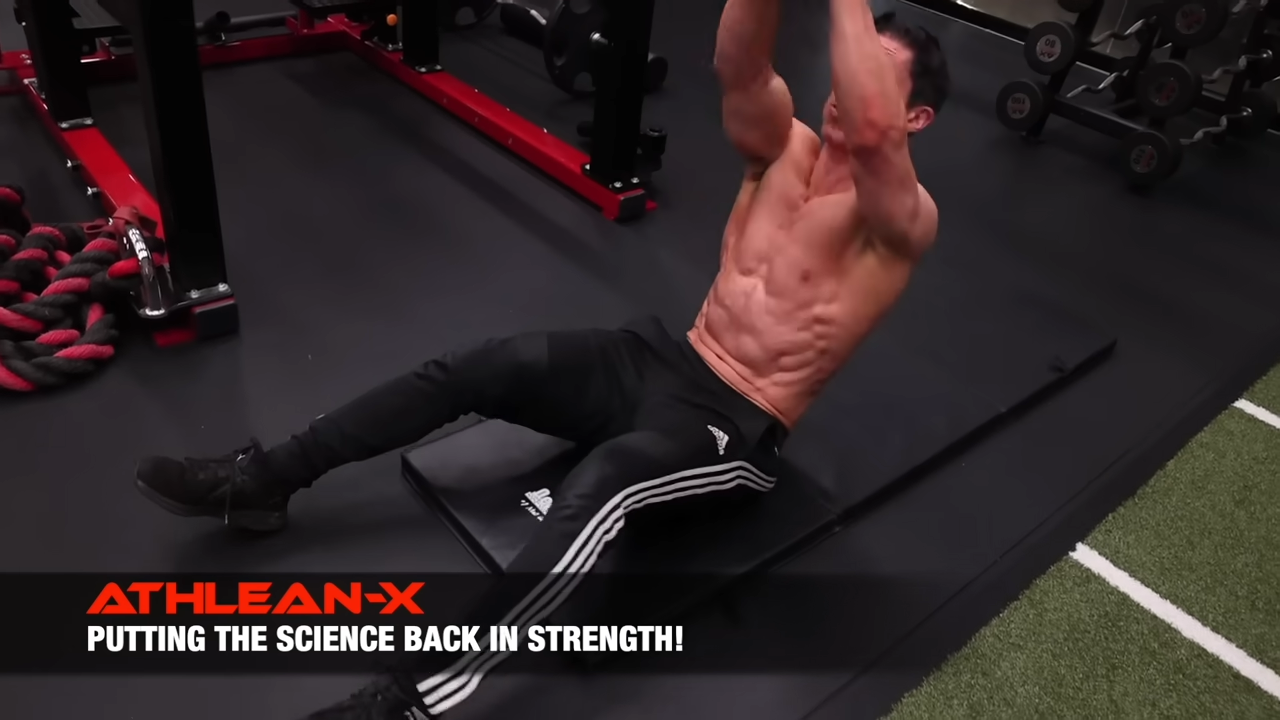
HOW TO DO THE RUSSIAN TWIST AND PRESS:
- Begin by sitting on the floor, bending your knees, and placing your feet firmly on the ground.
- Lean back to form a 45-degree angle with your upper body, ensuring your back is straight and your core is braced.
- Grasp a dumbbell with both hands, holding it close to your chest.
- Rotate your torso to the right, drawing your left elbow back as if you’re rowing.
- Engage your shoulders and upper body, making sure your chest moves with the rotation.
- Bring your torso back to the starting position.
- Press the dumbbell upwards until your arms are fully extended above your chest.
- Maintain a tight core and a neutral spine throughout the press.
- Lower the dumbbell back to chest height with controlled movement.
- Rotate your torso to the left, pulling your right elbow back as if rowing.
- Engage your shoulders and chest to ensure proper rotation.
- Return to the center and press the dumbbell again.
- Continue to alternate twists to the right and left, performing a press in between each rotation.
WHAT MAKES IT EFFECTIVE: The Russian Twist and Press is an advanced core exercise that combines rotational movements with a pressing motion to engage multiple muscle groups.
RUSSIAN TWISTS COMMON MISTAKES
When performing Russian Twists, it’s important to maintain proper form to avoid injury and maximize the effectiveness of this core exercise.
By paying attention to these common mistakes and implementing the corrections, you can maximize the effectiveness of your Russian Twist exercise.
NASM-certified personal trainers often emphasize the importance of maintaining a strong core, proper form, and controlled rotational movements.
Whether you’re incorporating Russian Twists into a beginner core strength workout or an advanced core exercise routine, mastering these details will help you achieve an amazing core and prevent injury.
Here are some common mistakes to watch out for:
INCORRECT SPINE POSITION
Leaning too far back or slumping forward can compromise spine function and increase the risk of injury.
Keep your upper body at a 45-degree angle to the floor, maintaining a straight spine and neutral position.
Your shoulders should be back, and your chest lifted to ensure proper alignment.
FEET PLACEMENT ISSUES
Lifting your feet too high or allowing them to move excessively can destabilize the exercise.
For a stable base, keep your feet flat on the floor or feet flexed upward with knees bent.
For an extra challenge, you can lift your feet slightly off the ground, maintaining a controlled position.
LACK OF CORE ENGAGEMENT
Not engaging your core muscles can lead to poor performance and potential lower back strain.
Focus on keeping your core tight throughout the entire movement.
Imagine pulling your belly button towards your spine to engage the deeper core muscles.
IMPROPER ROTATION
Only moving your arms while your torso remains still can reduce the effectiveness of the twist.
Rotate your entire torso during the twist. Drive your shoulder blades and elbows back, ensuring your chest and upper body follow the rotation.
This will engage the obliques and enhance rotational strength.
USING MOMENTUM
Swinging your bodyweight to generate the twist will lead to uncontrolled movements.
Perform each twist with controlled movement, focusing on the range of motion rather than speed.
This ensures maximum engagement of the abdominal muscles and prevents half-hearted rotations.
INCORRECT USE OF WEIGHTS
Holding a medicine ball or weight plate incorrectly can strain your back and shoulders.
Hold the weight at chest height, close to your body. Ensure your rotational movements are smooth and controlled.
Weighted twists should enhance the challenge without compromising form.
RUSHING THE EXERCISE
Performing twists too quickly can lead to sloppy form and reduced effectiveness.
Slow down and focus on each twist, maintaining steady movements. This increases tension over time and enhances the core workout.
INCONSISTENT FORM OVER TIME
Letting your form deteriorate over a period of time as you get tired will increase the risk of injury.
Maintain perfect form from start to finish. Take breaks if needed, but ensure every repetition is performed with proper form cues.
NEGLECTING LOWER BODY STABILITY
Failing to stabilize your lower body can result in a lack of control during the exercise.
Keep your knees bent and feet flat on the floor or in a controlled lifted position. This provides a stable base and helps focus the movement on your core.
IGNORING FORM VARIATIONS
Sticking to one variation without considering form modifications that suit your fitness level might result in missing out on gains and results.
Experiment with different variations, such as bodyweight twists, weighted twists, or using a stability ball for an optional challenge for your balance. Ensure each solid variation maintains proper form.
GET BETTER RESULTS WITH EFFECTIVE REPS
To truly get the most out of your Russian Twist exercise and build a strong core, incorporating the concept of effective reps is a must.
Effective reps are those final repetitions at the end of a set that generate the most burn, discomfort, and sore core.
These reps are often ignored, but they are the key to achieving better results in your core workout.
WHAT ARE EFFECTIVE REPS?
Effective reps are the ones that push your muscles to their limits, creating the most significant challenge and discomfort.
These are the reps you perform when your body is on the verge of failure.
Each effective rep contributes significantly to muscle growth and strength, making them essential for maximizing your workout.
HOW TO INCORPORATE EFFECTIVE REPS?
Begin by performing the Russian Twist until failure. This means you continue the exercise until your muscles can no longer maintain proper form.
Aim to reach failure between 8 and 12 repetitions on each side of your body. If you hit this range, you’re in the perfect position to start focusing on effective reps.
The first set should be taken all the way to failure. This is your ignition set, designed to kick off the real work.
After reaching failure, rest for just 15 seconds.
Resume the Russian Twist and continue performing reps. Each rep after this rest period is considered an effective rep.
When you need to rest again, pause for another 15 seconds before resuming. Repeat this cycle until you complete 20 effective reps.
The Russian Twist is an effective core exercise, but it’s also notoriously performed incorrectly.
By making a few simple tweaks to your form and execution, you’ll feel an immediate difference, ensuring you engage the right muscles.
Once you master the correct form, you can safely add the Russian Twist into your core workout program.
If you’re looking for a training program that covers every muscle in the body as well as the abs, we’ve got you covered. Check out our ATHLEAN-X programs to see which is the best fit for your goals and fitness level.

- Chances are, you aren’t performing the Russian Twist correctly. Most people do a “Russian Tap,” completely missing the point of driving the elbows behind the body.
- Here’s how to perform the Russian Twist:
- Take a seat on the ground in a starting V-shape position, bending your knees and placing your feet firmly on the floor.
- Lean your upper body back to form a 45-degree angle with the ground, keeping your back straight and your core engaged.
- Reach your arms out in front of you, clasping your hands together. For an added challenge, hold a medicine ball or weight close to your chest.
- Rotate your upper body to the right, using your shoulders to guide the movement.
- Drive your left elbow backward, as if you’re aiming to touch the ground behind you.
- Make sure your shoulders and chest follow the rotation, keeping your core muscles tight and activated.
- Bring your torso back to the starting position, maintaining control and stability.
- Repeat the twist on the left side, driving your right elbow back and engaging your core muscles.
- Focus on slow, deliberate movements, ensuring that each twist effectively engages your core muscles.
RUSSIAN TWISTS FAQS
The Russian Twist is an excellent core exercise (when performed correctly). It’s perfect for targeting your entire torso including your deepest core muscles and enhancing rotational strength. Here's why it's so beneficial:
Core Strength and Stability: Engages your core muscles through dynamic core moves, building rotational strength and overall core stability.
Improved Rotational Movements: Mimics natural rotational movements, improving functional strength and coordination in everyday life.
Versatility and Adaptability: Can be done in a static position, like a forearm plank position, or with dynamic moves. Adapt it with body weight, a slam ball, or a stability ball for varied intensity and stability ball control.
Engages Multiple Muscle Groups: Targets not just your abs but your entire body, including shoulder blades, lumbar spine, and hips, for a comprehensive Russian Twist workout.
Injury Prevention: Strengthens the core to protect your spine from injury, reducing the risk of strains and sprains.
Efficient Workout: Suitable for quick, intense core workouts or longer sessions, fitting both beginner core strength workouts and advanced routines.
Form and Technique Improvement: Emphasizes proper form and steady movements, ensuring effective engagement of your core muscles. Avoid half-hearted rotations for maximum benefit.
Versatile Positioning: Can be performed with feet flat, in a tabletop position, or with feet resting on the ground with knees bent, catering to different fitness levels and goals.
Let's get straight to the point: no single exercise, including the Russian Twist, will directly burn belly fat.
However, the Russian Twist is a fantastic core exercise that strengthens your entire torso and enhances overall fitness, which can help in your fat loss journey when combined with a proper diet and cardio routine.
The Russian Twist engages your core muscles, including the obliques, abs, and lower back. These dynamic core moves improve your rotational strength and stability and isometric core strength, essential for a well-rounded fitness routine.
By performing the Russian Twist, you're not just working your abs. Your shoulders, upper body, and lower body are all involved, especially when you perform variations like using a slam ball or stability ball for added challenge and stability ball control.
Personal trainers and core strength teachers emphasize the importance of incorporating the Russian Twist into a broader workout plan. Combine it with exercises like Plank variations, bodyweight exercises, and cardio to maximize fat loss and improve overall body composition.
To get the most out of your Russian Twist, you need to focus on proper form and technique. Here’s how you can do it correctly:
Position yourself on the floor with knees bent. Place your feet firmly on the floor. From time to time, you can also keep them slightly lifted for an extra challenge. Lean back at a 45-degree angle, keeping your spine straight and your core tight. This neutral position helps engage your abdominal muscles effectively. Ensure your core is tight throughout the movement. Imagine pulling your belly button towards your spine. This engagement can help with building a strong core and avoiding injury.
Hold a medicine ball, weight plate, or simply clasp your hands together at chest height. This adds resistance and makes the exercise more effective. Rotate your torso to the right, guiding the movement with your shoulders and keeping your chest open. Drive your right elbow back, ensuring your shoulders follow the rotation.
Return to the middle position with controlled movement, then rotate to the left, driving your left elbow back. This rotation engages your entire core, including the obliques. Avoid using your arms to move the weight; focus on your torso doing the work. Keep your movements steady and controlled to maximize engagement and prevent injury.
Make sure your spine remains straight throughout the exercise. Avoid slumping or arching your back, which can compromise your spine function. For a more intense workout, try weighted twists with a heavier ball or weight plate. You can also perform the twist in a tabletop position, with your feet lifted off the ground and knees bent at a 90-degree angle.
Incorporate these twists into a dynamic core routine, mixing them with plank variations, isometric holds, and other advanced core exercises.
Let’s clear up a common misconception: no single exercise, including Russian Twists, will directly slim your waist.
However, incorporating Russian Twists into your workout can help you achieve a more defined and stronger core, which contributes to a leaner appearance.
Russian Twists are excellent for engaging your entire core, including the obliques, rectus abdominis, and transverse abdominis. This engagement helps build a strong core and improves muscle tone.
This exercise involves rotational movements that target the sides of your waist. By strengthening these muscles, you can create a more defined shape with your body. Proper form is essential to maximize this benefit.
To effectively slim your waist, combine Russian Twists with cardio exercises. This combination helps burn body fat over time, revealing the muscles you’re building underneath. Think of exercises like running, cycling, or HIIT.
Incorporate Russian Twists into a comprehensive fitness routine that includes no shortage of core moves. Mixing in plank variations, stability ball exercises, and isometric variations will ensure you’re hitting all parts of your core.
Consistency is key. Perform Russian Twists regularly and combine them with a balanced diet to see the best results. Personal trainers often emphasize the importance of a healthy diet in conjunction with your workouts to achieve a slim waist.
REFERENCES

Jeff Cavaliere M.S.P.T, CSCS
Jeff Cavaliere is a Physical Therapist, Strength Coach and creator of the ATHLEAN-X Training Programs and ATHLEAN-Rx Supplements. He has a Masters in Physical Therapy (MSPT) and has worked as Head Physical Therapist for the New York Mets, as well as training many elite professional athletes in Major League Baseball, NFL, MMA and professional wrestling. His programs produce “next level” achievements in muscle size, strength and performance for professional athletes and anyone looking to build a muscular athletic physique.

































